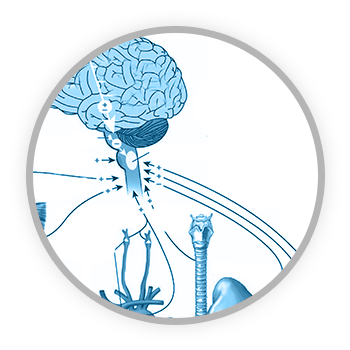The Science
” I’ve been working on developing bcalm since 1976 when I first triggered a panic attack in a hospitalised panic disorder patient by giving him 550 milli–Molar SodiumLactate IV.
That’s when I realised there is a physical basis for this disorder since other psychiatric patients were not affected by this infusion, and panic disorder patients were not triggered to have attacks by receiving placebo IV infusions.”

Panic disorder expert, Dr Stephen Cox





